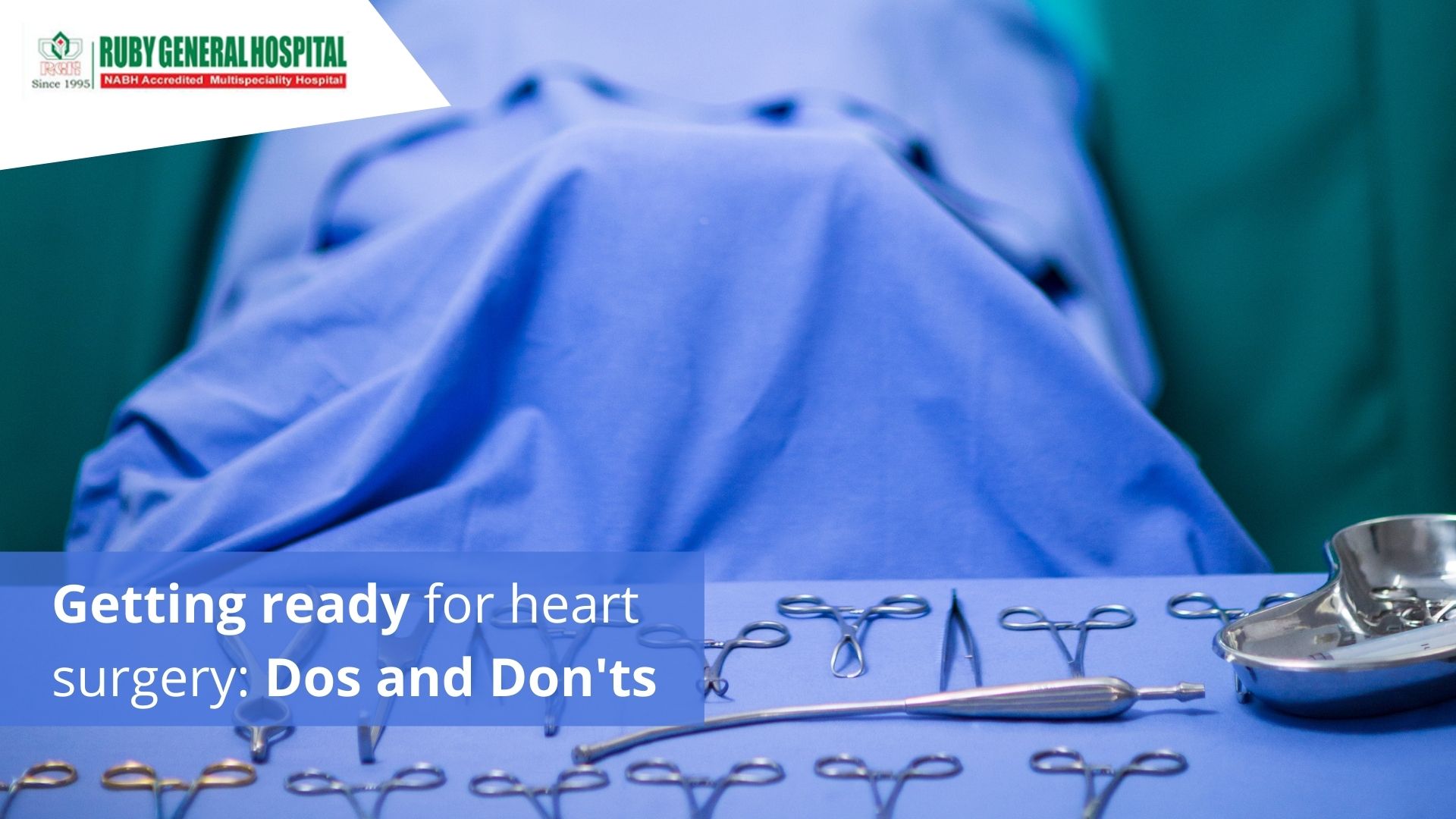WORLD AIDS DAY – 1st DECEMBER
About :
World Aids Day is observed every year on the first day of December for people worldwide to unite in the fight against HIV and show support for people living with and affected by HIV as well as commemorating those who have died from AIDS related illness. Though great strides have been made over the four decades since the first known reported cases of AIDS, this disease remains a public health challenge. The theme for this year is “Putting Ourselves to the Test: Achieving Equity to End HIV.” It encourages people to unite globally to eliminate the disparities and inequities that create barriers to HIV testing, prevention, and access to HIV care. The theme also highlights the importance of HIV testing.
Symptoms :
HIV infection happens in three stages :
1) Primary infection (Acute HIV)
· Fever / Chills
· Headache
· Muscle aches and joint pain
· Body rash which does not itch
· Sore throat and painful mouth sores
· Swollen lymph glands, mainly on the neck
· Diarhhoea
· Weight loss
· Cough
· Night sweats
· Fatigue
· Swollen lymph nodes
2) Clinical Latent Infection (Chronic HIV)
In this stage the virus still multiplies and is present in white blood cells. Many people do not have any symptoms or infections and this stage can last for many years.
3) Progression to AIDS
· Night sweats
· Chills
· Recurring fever
· Chronic diarhhoea
· Prolonged swelling of lymph glands in the armpits, groin or neck
· Persistent white spots or unusual lesions in the mouth or tongue
· Unexplained fatigue
· Weakness
· Rapid weight loss
· Skin rashes
· Mouth sores
· Pneumonia
· Memory loss, depression and other neurological disorder
· Dry cough
· Purplish spots on the skin that do not go
· Unexplained bruises or bleeding
Treatment :
There is no cure for HIV, but, there are effective treatments that enable most people with the virus to live a long and healthy life. There are two types of HIV treatment, namely pills and shots. The former is recommended for people who are just starting HIV treatment. The latter is for people who have an undetectable viral load for at least three months.
The treatment for HIV / AIDS with medicines is called antiretroviral therapy (ART) which is usually a combination of two or more medications from several different drug classes. These medicines do not cure HIV infection but, they make it a manageable chronic condition and also reduce the risk of spreading the virus to others.
Prevention :
· Barrier methods – Use of condoms or dental dams.
· Antiretroviral medicines or antiretroviral therapy (ART)
· Low dead space syringes
· Not sharing needles and injecting equipment
· Screening for HIV in pregnancy
· Getting tested for HIV and other STIs
· Pre – exposure prophylaxis (Medicine as prevention option for those who are at risk of getting HIV)
· Post exposure prophylaxis (Medicine to prevent HIV after a possible exposure)
Conclusion :
The “Equalize” slogan prompts all to work for the proven practical actions needed to address inequalities and help end AIDS including increasing availability, quality and suitability of services, for HIV treatment, testing and prevention, so that everyone is well-served. Laws should be reformed and policies formulated to tackle the stigma and exclusion faced by people living with HIV, so that everyone is shown respect and is welcomed.




Comments
Post a Comment